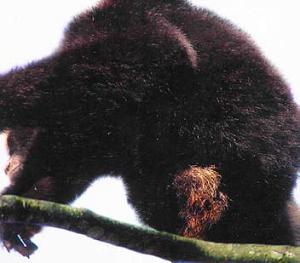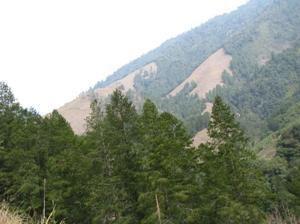Dilip Chetry
Other projects
25 Nov 2009
Conservation Status of Primates in Mouling National Park in the State of Arunachal Pradesh, India
The project aims to generate data on status and diversity of primates and as well as to identify threats in Malini and Mipi areas of Dibang Wildlife Sanctuary

Northeast India, a part of the eastern Himalayan Bio-diversity hotspot enjoys the highest diversity of primate in the country. The tropical and subtropical forests of Arunachal Pradesh, one of the seven Northeastern states also supports 9 primate species (With the recent report of Macaca munzala and Hoolock leucoydes). There are also reports for the probable occurrence of Macaca tibetiana. However, for many potential primate habitats of the state, systematic survey is still lacking. Due to its bio-geographical continuity with Myanmar and China, there remains the possibility of occurrence of high primate diversity in Dibang area. Besides, this region is the extreme point of distribution of the primates in India.

A previous study reports status and diversity of primates mainly from the Dri river valley area of the sanctuary. Thus information on primate for major part of the sanctuary still remains unexplored.
Therefore, during the period of the project entitled “Current Status and Conservation of Primates in Dibang Wildlife Sanctuary in the State of Arunachal Pradesh, India” two more areas namely Malini and Mipi of the sanctuary will be covered. Sites have been selected because comparatively they are accessible. Again s far as primate is concerned, both the sites are still unexplored and hence our main focus will be to generate data on status and diversity of primate species in these two areas. Emphasis will be laid in identifying the threats to wildlife in general and primates in particular. We hope the information generated on diversity, status and threat will lay the foundation for the future course of primate conservation in the sanctuary.